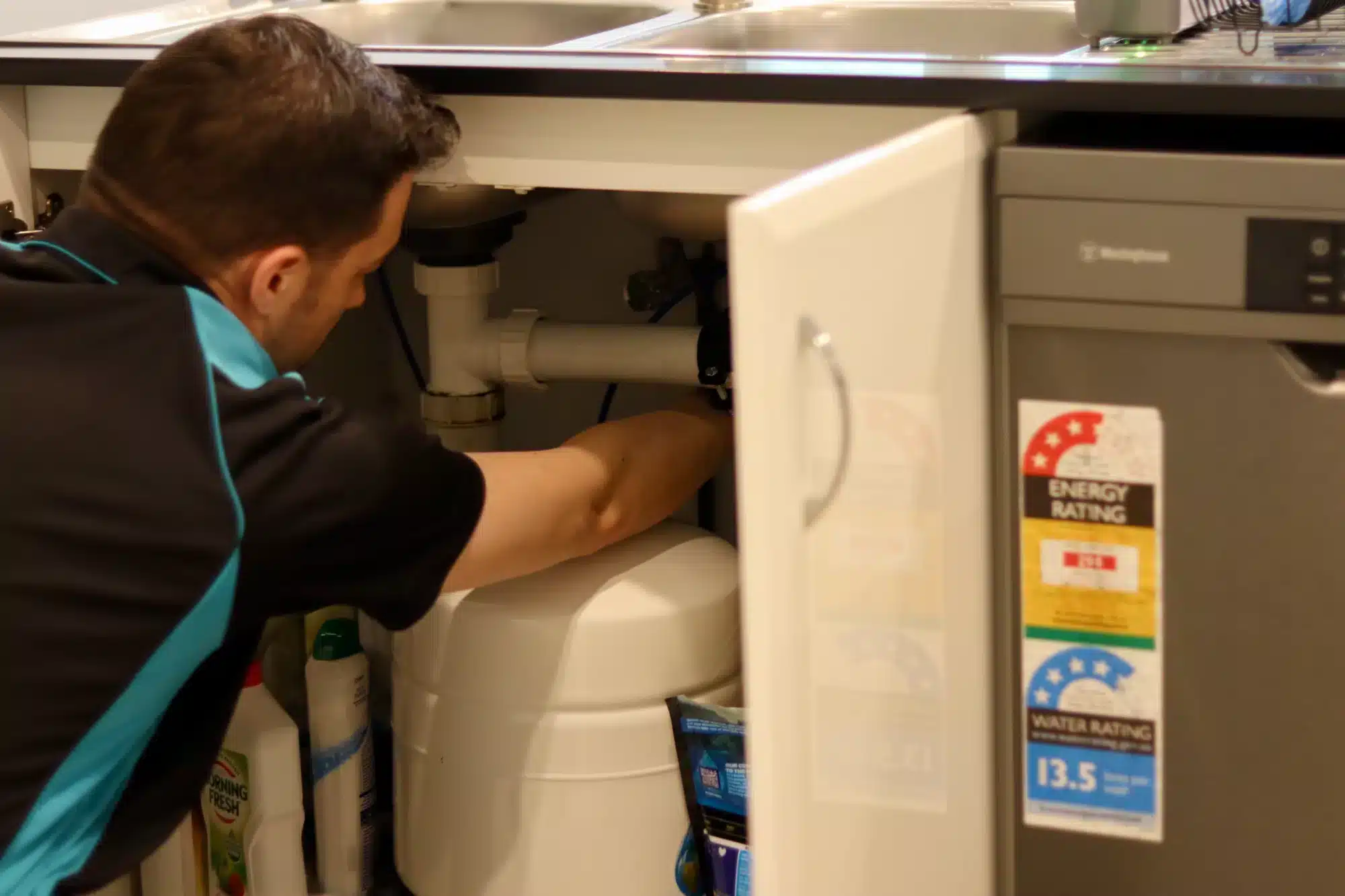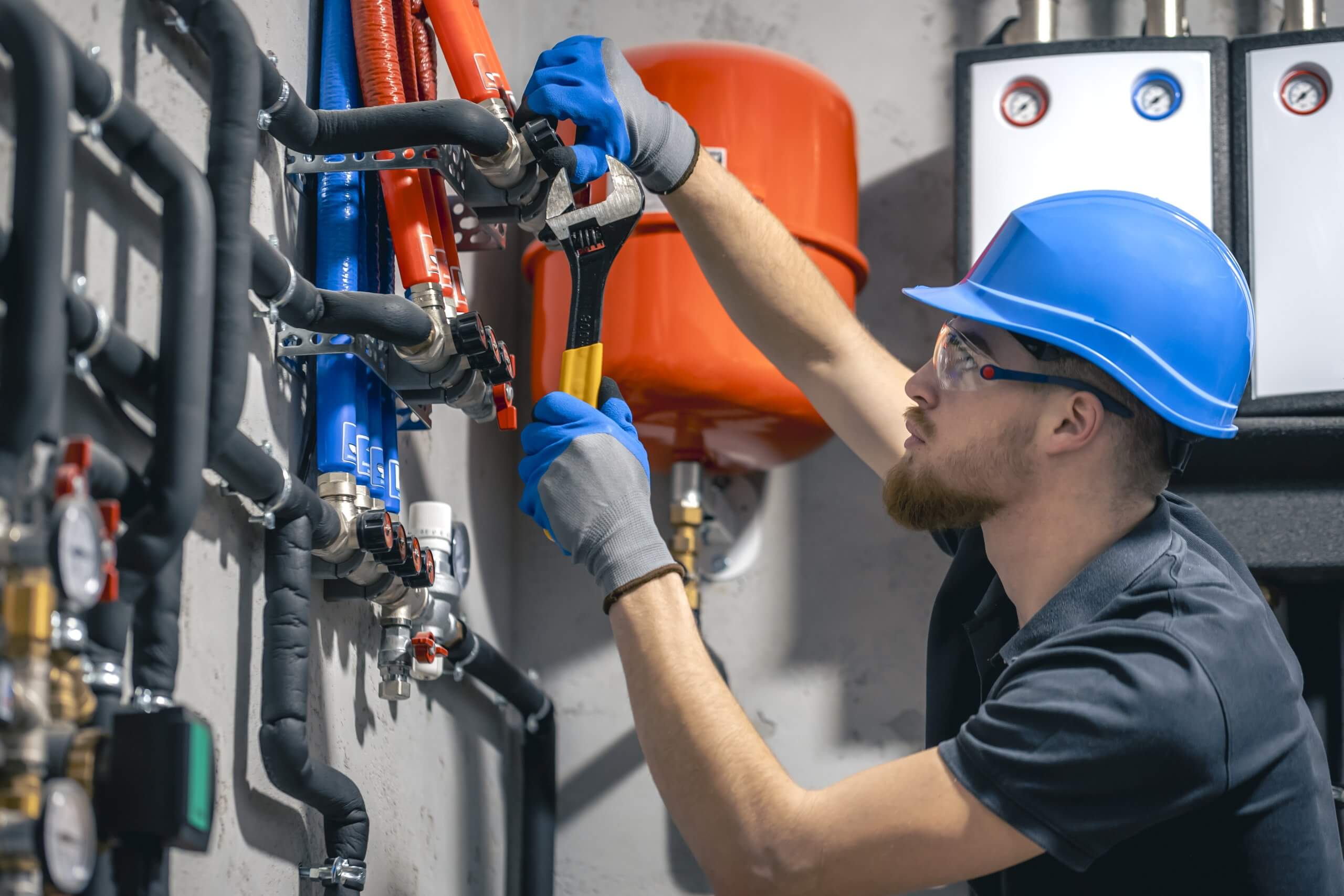Replacing a toilet cistern may seem like a daunting task, but with the right tools, guidance, and a bit of DIY confidence, replacing a toilet cistern is a manageable job for many homeowners. Whether your current cistern is leaking, constantly running, or simply outdated, this practical guide will walk you through how to replace toilet cistern in an Australian home—safely and effectively.
Signs Your Toilet Cistern May Need Replacing
Before jumping into a full replacement, it’s important to determine whether your replacement toilet cistern truly needs to be replaced or if some plumbing work will do the trick.
Common signs your cistern may be failing include:
Constant running or trickling water sounds
Water pooling around the toilet base can indicate issues affecting water usage.
Weak or inconsistent flush performance can be improved to save water.
Visible cracks in the cistern tank or lid
Frequent leaks or condensation issues
Difficulty sourcing replacement parts for older models
Repair vs Replacement: How to Decide
Repairable:
If the issue is limited to a faulty flush valve, inlet valve, or washer, a repair may suffice.
Replace:
If the old cistern is cracked, corroded, or obsolete, a full replacement is often more cost-effective and reliable in the long run., a full replacement is often more cost-effective and reliable in the long run.
Types of Toilet Cisterns Commonly Used in Australia
Understanding the type of cistern installed in your home will help you plan the replacement more efficiently. The style of cistern not only affects the installation process but also determines compatibility with your existing toilet pan and toilet setup.
Common cistern types include:
Close-coupled cisterns:
Positioned directly on top of the toilet bowl, this is the most common style in modern Australian homes.
Back-to-wall cisterns:
Concealed in cabinetry or mounted flush against the wall, the replacement toilet cistern offers a sleek, space-saving look.
In-wall (concealed) cisterns:
Installed inside the wall cavity—more complex and typically found in newer builds or designer bathrooms.
Low-level and high-level cisterns:
Traditional options with a visible pipe connecting the cistern to the bowl.
Tip: Always check your existing configuration before purchasing a new cistern to ensure compatibility.
Tools and Materials You May Need
Before starting your replacement, gather the tools, materials, and water supply line you’ll need. Having everything on hand will help streamline the process and reduce frustration.
Basic tools include:
Adjustable wrench or spanner set
Screwdrivers (Phillips and flathead)
Bucket and sponge or towels (for water spillage)
Pliers
Spirit level
Measuring tape
Materials and accessories:
Ensure you have a replacement cistern that is compatible with your existing toilet for a smooth installation.
New rubber washers and bolts (usually supplied with the new unit)
PTFE (plumber’s) tape
Silicone sealant (if required)
Cleaning cloths or rags
Optional but useful: Safety gloves, a torch for visibility in tight spots, and plumber’s putty for minor sealing jobs.
Preparing for the Replacement
1. Turn off the water supply
Locate the isolation valve behind or beside the toilet and turn it clockwise to shut off the water. If there’s no valve, you may need to shut off the main water supply to the property.
2. Empty the cistern
Flush the toilet to drain as much water from the tank as possible. Use a sponge or cloth to soak up any remaining water.
3. Check compatibility
Before dismantling the existing cistern, confirm that your replacement matches your toilet model and fits your existing pipe connections.
Removing the Old Cistern
With the water turned off and the cistern drained, you can now remove the old unit.
Steps to remove the cistern safely:
- Disconnect the water inlet hose: Use a wrench or pliers to gently unscrew the hose from the base or side of the cistern.
- Undo the mounting bolts: These secure the cistern to the toilet pan. Use a screwdriver and spanner to loosen the nuts underneath.
- Lift the cistern away: Carefully remove it from the mounting bracket or back of the toilet. Be cautious not to damage surrounding tiles or fittings.
- Clean the area: Wipe down the top of the toilet pan and inspect for any worn seals, rust, or debris that may affect the new installation.
Installing the New Cistern
Now for the satisfying part—installing your brand-new toilet cistern. Most units come with an installation guide, but here’s a general overview of the process:
1. Fit new seals and bolts
Insert the rubber sealing ring and bolts into the correct positions as per the manufacturer’s instructions.
2. Position the new cistern
Align the cistern with the holes on the toilet pan and secure it using the provided bolts and washers.
3. Connect the water supply
Attach the inlet hose to the new toilet cistern parts and tighten it using a wrench. Apply plumber’s tape to threaded fittings to prevent leaks.
4. Turn the water back on
Slowly turn the isolation valve back on and let the cistern fill.
5. Check for leaks and test the flush
Inspect all connections for leaks and test the flushing mechanism several times to ensure proper operation.
Pro tip: If the flush seems weak or noisy, double-check the alignment and water level settings in the cistern and perform a test flush .
When to Call a Licensed Plumber
While many toilet cistern replacements are DIY-friendly, there are certain situations where it’s best to call in a licensed plumber:
- You’re working with an in-wall or concealed cistern
- The toilet is leaking from the pan or floor seal
- You encounter rusted fittings, damaged pipework, or low water pressure
- You’re unsure about compliance with Australian plumbing regulations
Legal note: In Australia, some plumbing tasks must be performed by a licensed professional to avoid any plumbing problem altogether and ensure guaranteed workmanship, especially if they involve modifications to the water supply or drainage system., , especially if they involve modifications to the water supply or drainage system.
Maintaining Your New Cistern for Long-Term Use
To keep your new cistern in top shape and avoid future issues, follow these simple maintenance tips for changing toilet cistern components, including checking flush water levels, to help you save money. :
Regularly check for leaks or drips around the inlet and flush valve
Clean the cistern periodically to prevent build-up of sediment or mould
Avoid using harsh chemicals inside the tank as they can damage internal components
Replace washers or seals at the first sign of wear to prevent leaks
Listen for unusual sounds—hissing, trickling, or inconsistent flushing in your toilet cistern may indicate a developing problem.
Frequently Asked Questions (FAQs)
Can I replace a toilet cistern myself?
Yes, many cisterns can be replaced by a confident DIYer, provided you follow safety precautions and check compatibility.
Can a cistern be replaced without removing the entire toilet?
Absolutely. Most cisterns can be removed and replaced without touching the toilet pan.
How to change a toilet cistern in Australia?
Turn off the water, drain the old cistern, remove it using basic tools, such as cistern bolts then install and test the new unit following the manufacturer’s guide.
Can I install my own cistern legally?
In many cases, yes. However, you must not alter the water supply or drainage system without a licensed plumber, as this may breach local regulations.
How do you fix an old toilet cistern that keeps running?
Try replacing the flush valve or inlet valve first. If the problem persists or parts are hard to find, you may simply replace the part, but if the problem persists, a full replacement may be more practical.
Can you replace a toilet flush without removing the cistern?
Yes, in some cases. If the flush mechanism is accessible from the top, it can be replaced without dismantling the entire unit.





